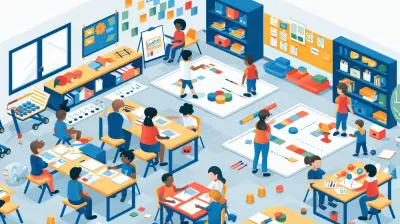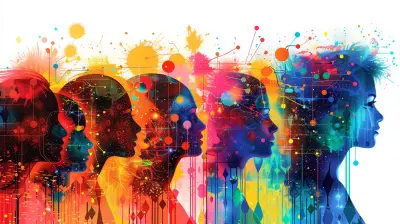Fostering Critical Thinking Through Visual Arts
21 October 2025
Critical thinking is one of the most valuable skills in today's fast-paced world. It helps students analyze information, solve problems creatively, and make informed decisions. But here’s the twist—critical thinking isn't just developed through textbooks and traditional classroom discussions. Have you ever considered how visual arts can sharpen our thinking skills?
Art is more than just colors on a canvas; it’s a way to express emotions, challenge ideas, and see the world from different perspectives. This article dives deep into how visual arts foster critical thinking and why incorporating them into education can be a game-changer for students.
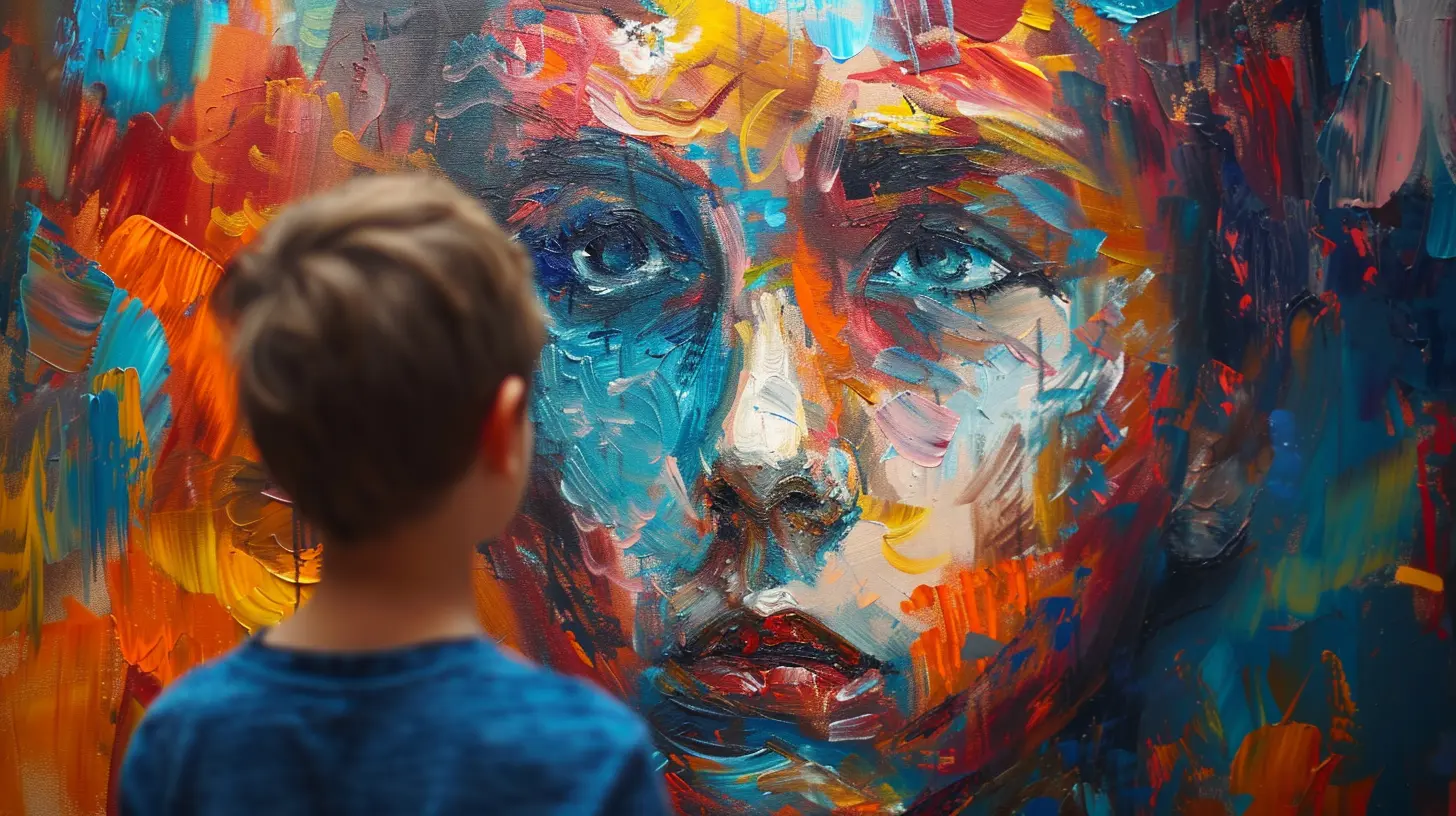
The Connection Between Visual Arts and Critical Thinking
Think about it—when you look at a painting, your mind automatically starts analyzing it. You wonder about the colors, the emotions, the artist’s message. That’s critical thinking in action! Visual arts encourage students to observe, interpret, and question what they see, pushing them to develop deeper insights.Encouraging Observation and Interpretation
In art, nothing is black and white (unless, of course, it's a monochrome painting!). There’s always room for interpretation. When students engage with art, they develop sharp observation skills by analyzing the details—textures, colors, shapes, and even the hidden elements in a piece.By asking questions like:
- What is the artist trying to say?
- Why did they choose these colors?
- How does this artwork make me feel?
Students learn to think beyond the surface and form their personal interpretations. This practice naturally strengthens their analytical skills, which are essential for problem-solving in real life.
Encouraging Open-Mindedness
Art often presents multiple perspectives. A single piece of artwork can be interpreted in various ways depending on the viewer’s background, experiences, and emotions. This exposure to diverse viewpoints fosters open-mindedness and tolerance—key aspects of critical thinking.By discussing different interpretations of an artwork, students learn that there isn’t always just one right answer. They begin to appreciate the complexity of ideas, making them more adaptable and thoughtful thinkers.
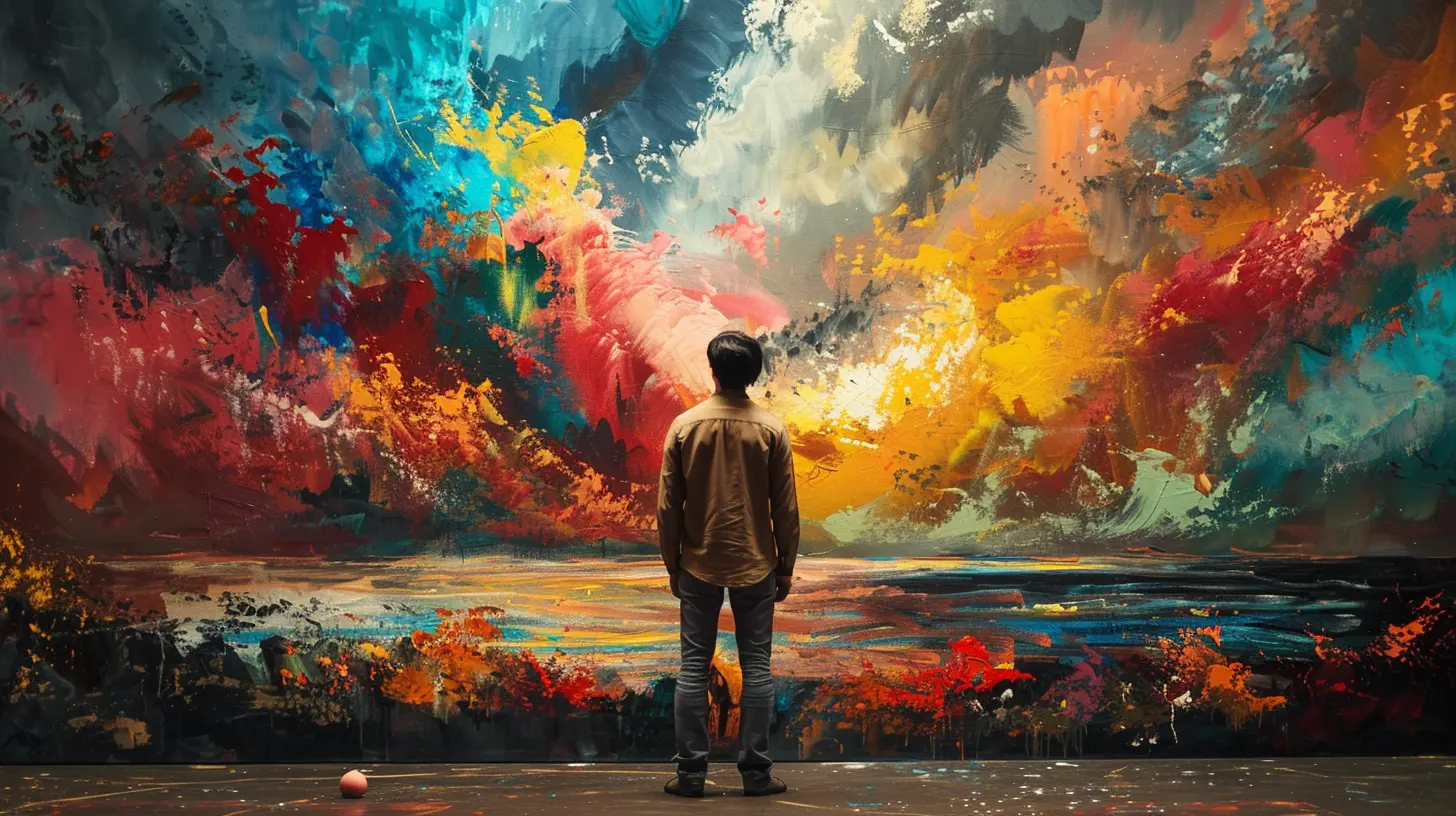
How Visual Arts Develop Problem-Solving Skills
Ever tried painting, sculpting, or even doodling? If so, you know art isn’t always easy. It requires creativity, experimentation, and the ability to solve unexpected challenges. One moment, a brushstroke might not go as planned, and the next, you’re figuring out how to turn a mistake into a masterpiece!Thinking Outside the Box
Artists constantly push boundaries, experimenting with different materials, styles, and techniques. By engaging in visual arts, students learn to think outside the box, which is a vital problem-solving skill in all areas of life, from science to business.Rather than following a step-by-step formula, art encourages students to explore different solutions, embrace failures, and develop resilience. These are the same skills that help them tackle real-world challenges with confidence.
Decision-Making Through Art
Every artwork involves decision-making. Whether it’s choosing which colors to blend, what medium to use, or how to arrange elements in a composition, students must make choices and justify them.These small artistic decisions improve their ability to assess situations, consider consequences, and make informed choices—key aspects of critical thinking that extend beyond the art classroom.
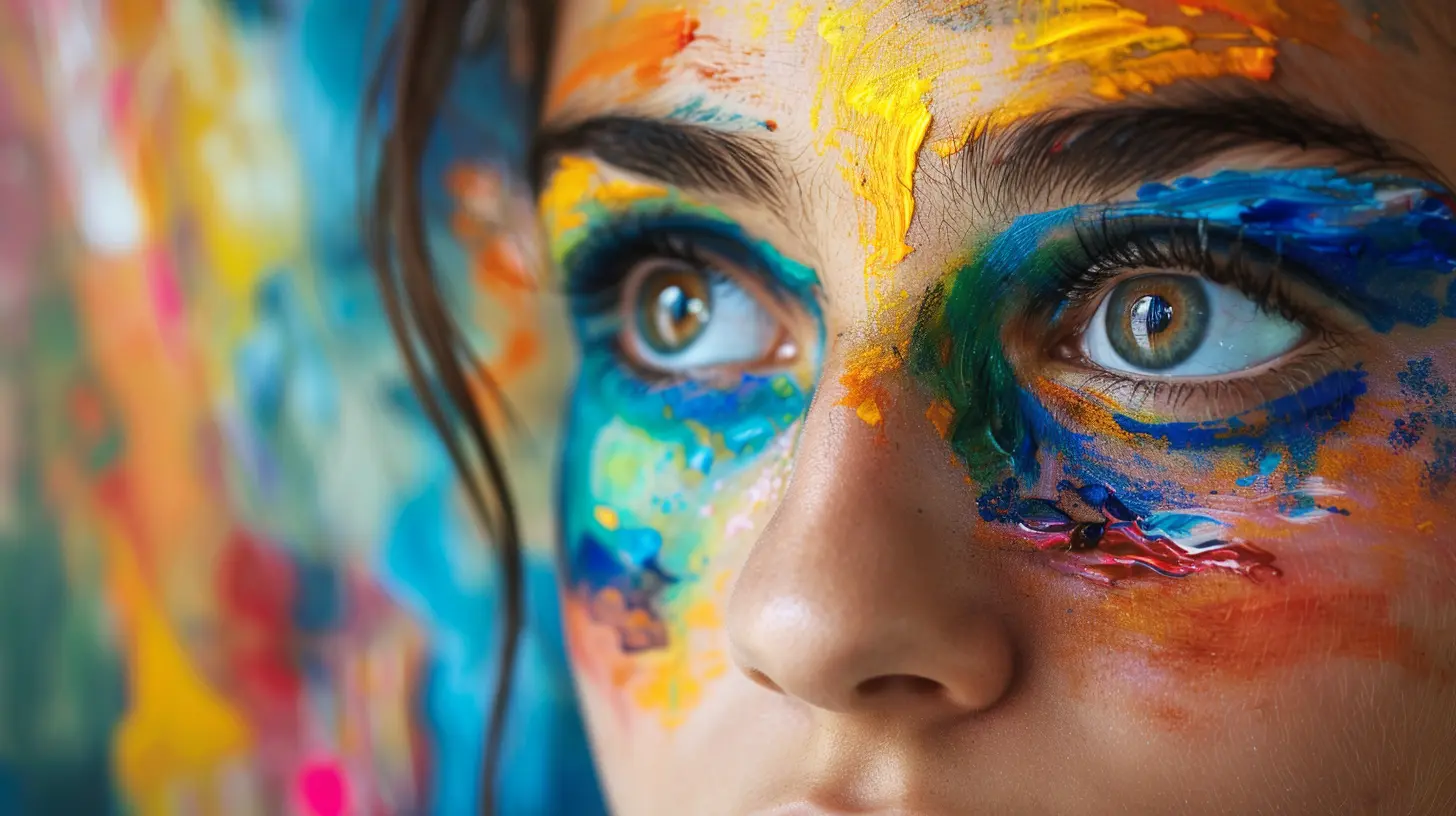
The Role of Visualization in Enhancing Thinking Skills
Visual arts help students "see" their thoughts. When they translate their ideas into drawings, paintings, or sculptures, they engage in a deep cognitive process. This visual representation of thinking promotes deeper understanding and memory retention.Storytelling Through Art
Art tells a story without using words. When students create or analyze artwork, they learn to structure their thoughts logically. They begin to recognize patterns, make connections, and organize their ideas effectively—all of which strengthen their critical thinking abilities.For instance, when examining a historical painting, students can reflect on:
- What was happening during this time period?
- How does this painting reflect societal issues?
- What emotions or messages is the artist conveying?
These questions encourage critical analysis and push students to think beyond the obvious.
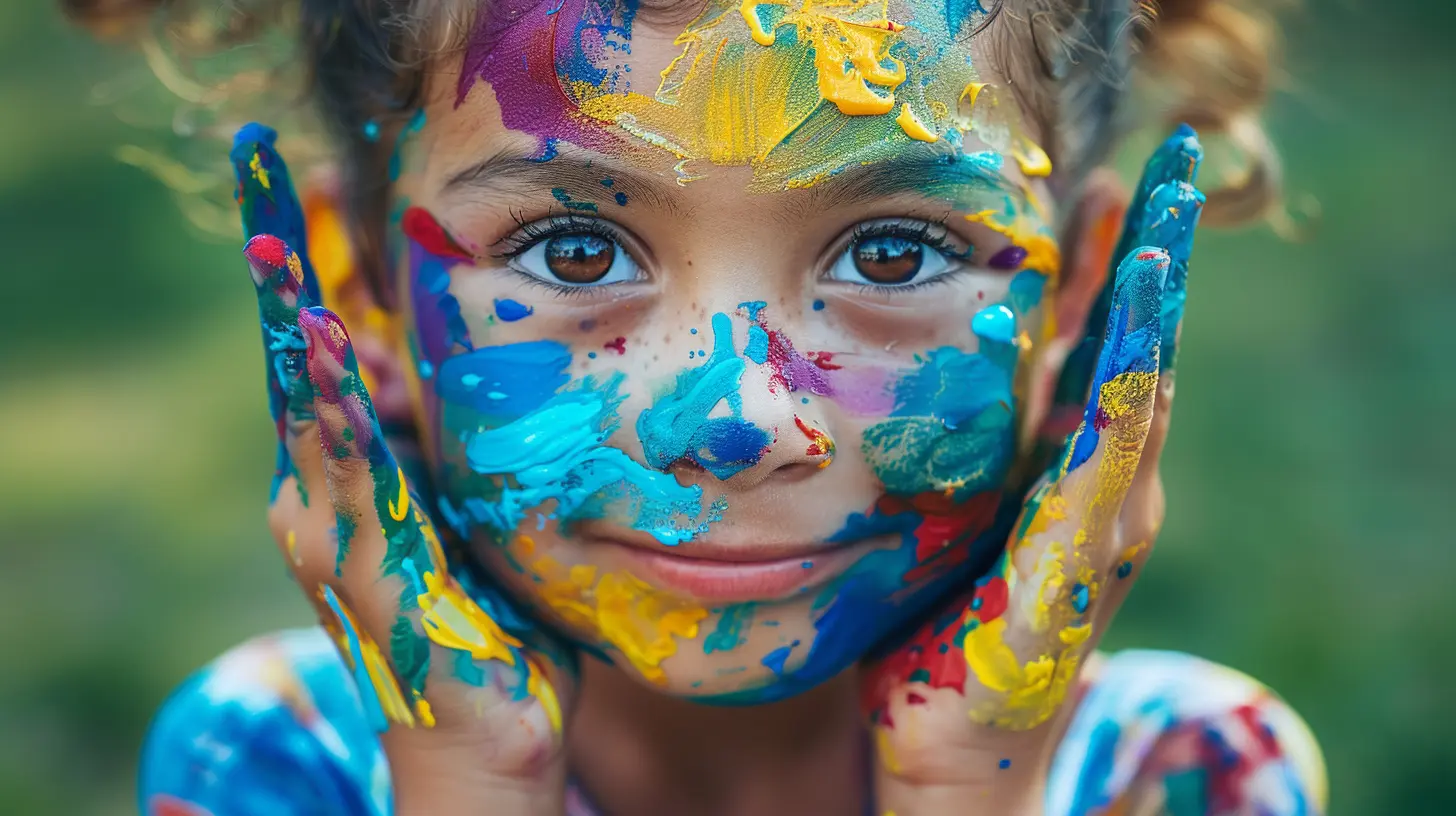
Integrating Visual Arts into Education
Visual arts shouldn't be an afterthought in education—they should be a core part of learning. Here are some effective ways teachers and educators can incorporate them into the curriculum:Art-Based Discussions
Instead of just memorizing facts, students can analyze famous artworks, discuss their interpretations, and connect them to real-world issues. This encourages deeper thinking and engagement.Creating Art to Express Understanding
Rather than writing traditional essays, students can express their understanding of a topic through artwork. For example, instead of writing about a historical event, they can depict it visually—this helps reinforce their learning in a creative way.Encouraging Cross-Disciplinary Learning
Visual arts can be integrated with other subjects. For instance:- Science: Illustrating biological processes like photosynthesis or the human anatomy.
- Mathematics: Understanding symmetry, geometry, and measurement through artistic creations.
- Literature: Designing visual representations of stories and characters.
Such interdisciplinary learning fosters both creativity and critical thinking, making lessons more engaging and effective.
The Lifelong Benefits of Critical Thinking Through Art
The benefits of fostering critical thinking through visual arts go beyond the classroom. These skills help students succeed in various careers, from design and marketing to engineering and research.Enhancing Creativity in Problem-Solving
Employers today value creative problem-solvers who can think critically. Art trains individuals to approach challenges with open minds, experiment with new ideas, and develop innovative solutions—skills that are in high demand in the modern workforce.Building Emotional Intelligence
Art allows students to express emotions constructively, which enhances empathy and emotional intelligence. By interpreting different artistic expressions, they develop a deeper understanding of human experiences and emotions.Preparing for the Future
With rapid technological advancements, future careers will require adaptability and critical thinking. Encouraging these skills through visual arts helps prepare students for success in an ever-changing world.
Final Thoughts
Visual arts do so much more than create beautiful pieces—they shape how we think, analyze, and problem-solve. By integrating art into education, we give students the tools to think critically, embrace creativity, and view challenges from different perspectives.So, the next time you pick up a paintbrush or analyze a masterpiece, remember—you’re not just creating or observing art, you’re sharpening your mind and unlocking new ways to see the world!
all images in this post were generated using AI tools
Category:
Art EducationAuthor:

Olivia Chapman
Discussion
rate this article
1 comments
Grant Hamilton
Integrating visual arts in education effectively enhances critical thinking and creativity in students' learning processes.
October 26, 2025 at 1:23 PM

Olivia Chapman
Thank you for your insight! I completely agree—integrating visual arts not only boosts creativity but also cultivates essential critical thinking skills in students.

